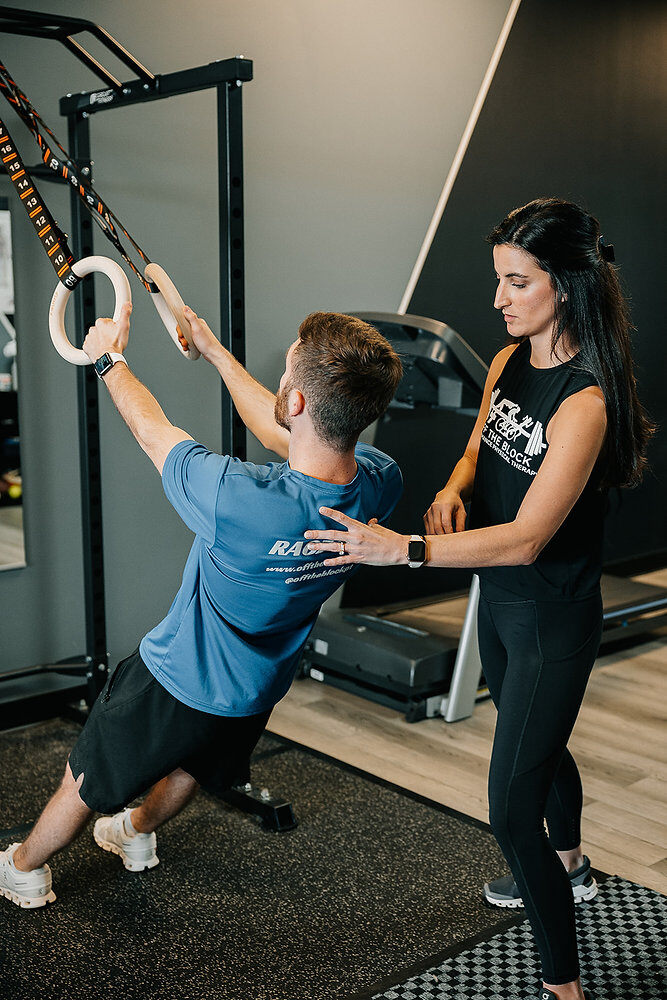Back pain has a reputation. That reputation includes the ideas that once you’ve got it, you’ll never completely be rid of it. That it only gets worse. That it will start to radiate up your back or down your legs. That an x-ray can tell you how bad your back is already “messed up”. That age is the worst risk factor of all. And so many other negative and condemning things.

Photo: courtesy of EMEDICINEHEALTH.COM
But what if I told you that the research actually says something very different?
After all, the basics of why we develop pain are quite simple. It all boils down to the fact that despite the fact that our bodies are designed to be symmetrical, we are imperfect asymmetrical humans. And in our asymmetries we develop poor, unhealthy mechanics that allow us to move and achieve our daily goals and perform the tasks required of us on a regular basis.
Those bad mechanics, when repeated frequently to perform those tasks, will eventually, over time, begin to increase and wear down our body in an asymmetrical fashion, especially if we are not properly conditioned to perform those tasks in the first place. This repetitive performance of common motions with poor mechanics and then leads us to small incidents, both painful and non-painful, that causes microscopic amounts of damage to our bodies tissues, a little bit at a time. But these would not be classified as “injuries.”
These are the moments in which you might tell your friend “oh I tweaked my back” or ” I just overdid it with my knees” or “ I was up on my feet too much yesterday” or “ my posture is bad at my desk at work.” These are small nagging stresses and/or discomfort‘s that we notice as incidences that are less than ideal, but we don’t often classify as injuries.
However, over time, lots of these incidences add up, creating a total larger amount of damage to the same area of the body, where those asymmetries and poor mechanics are, and then we develop a level of insufficiency that causes pain and that we classify as an injury. So why, when addressing pain, would we not take time to evaluate and identify the poor mechanics that caused the incidences that caused the injury and address each pain from the root of the problem, rather than just eradicating the pain and moving on as if it won’t come back?
The same goes for runners with back pain. Full recovery truly comes when the root of the problem is addressed. And the root of the problem often has to be found by someone with the specific skill set to evaluate and diagnose. But what can you do in the mean time if you’re having back pain while you run!
Well there are a couple of common weaknesses among runners, often in the core, low back, and hips that cause the low back to be the weak link in the chain for runners, in turn causing the pain from their poor mechanics.
Watch the video below for a couple of exercises that you can try, that will begin to help strengthen and stabilize through your core and back, and in turn, alleviate some pain while running!
If you’re interested in a full evaluation to begin to address your pain from the root cause of the problem today or if you have questions, please DM or Contact us!
📧 offtheblockpt@gmail.com
️ 864-561-5493
Our three step process to your recovery
We use a personalized 1:1 approach to:
Relieve your pain
Identity and address the underlying root causes
Give you tools to stay pain free long term
We also offer virtual consults/ treatments and injury prevention programming
DM for more info!
.png?width=1280&height=720&name=Untitled%20design%20(22).png)




